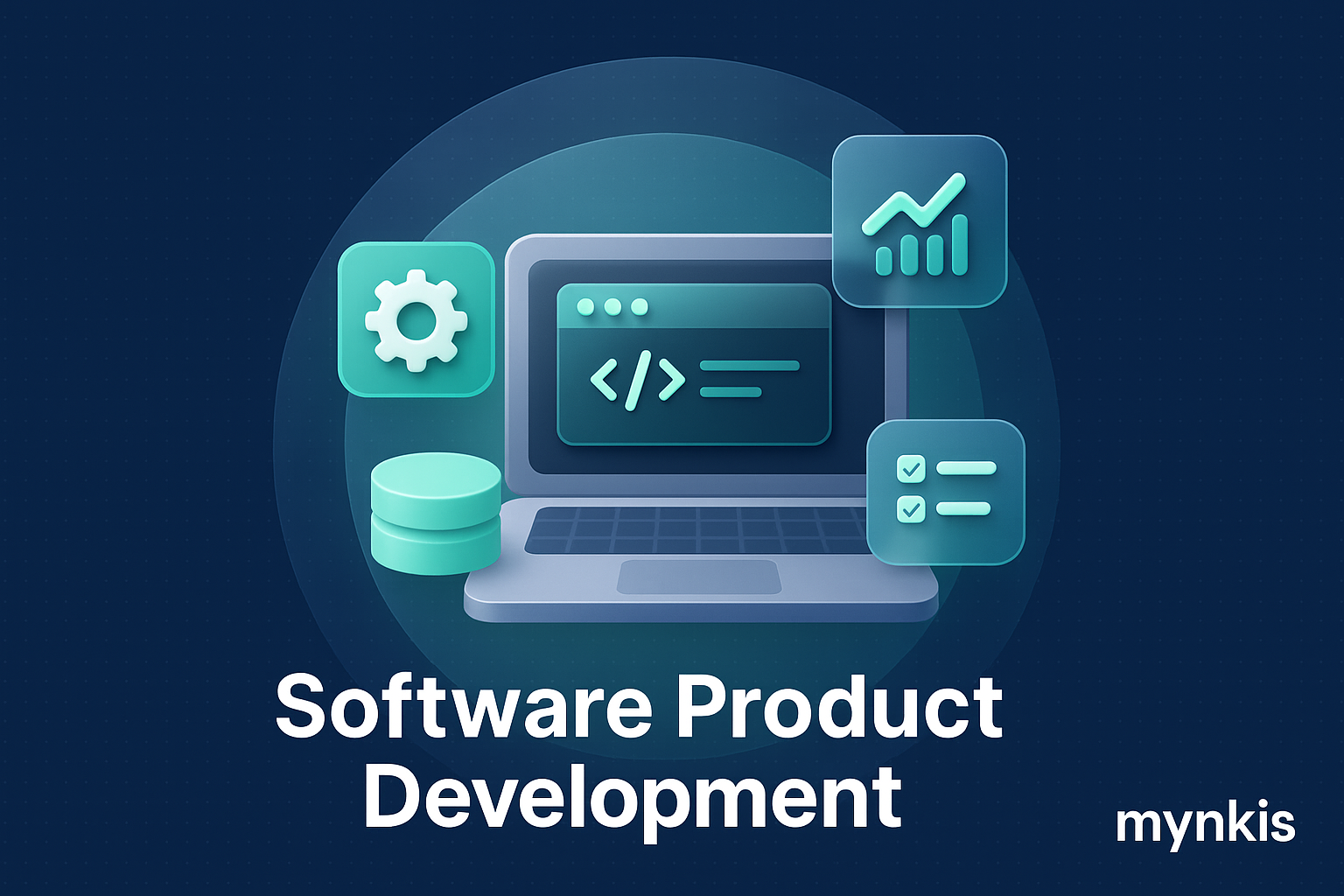Schedule a Demo
When I embark on a project with firms seeking to enhance their business operations, I often find that the complexity of custom software development can seem daunting at first. Yet, breaking down the process into essential components reveals the path to successfully developing products that truly cater to business needs. This process is not just about coding; it encompasses understanding your business model, identifying pain points, and deploying solutions that increase efficiency and improve user engagement.
In my experience, the foundation of any successful enterprise web solutions project is the meticulous gathering of requirements. Listening actively to stakeholders and end-users not only helps tailor the software to fit real needs but also anticipates future scalability. Utilizing tools such as user stories, surveys, and focus groups can yield a wealth of actionable insights. A thorough requirements analysis ensures that the development path avoids costly rework and aligns perfectly with the strategic goals of the business.
Firms today require robust integrations with existing systems and cutting-edge automation software. The design phase of custom software development should consider these needs from the outset. Personally, I've found that designing with a mindset for future integrations allows for smoother transitions and lower maintenance costs down the line. Automating routine tasks, from payroll to customer relationship management, transforms operational efficiency, potentially leading to significant time and cost savings.
The use of Agile methodologies in enterprise web solutions development facilitates rapid iteration and responsiveness to change, which is crucial in today's dynamic business environments. My projects often adapt to evolving requirements, enabling firms to respond swiftly to market shifts. Agile's iterative approach minimizes risk by delivering workable product increments, allowing for real-time feedback and adjustments. This not only enhances product quality but also ensures that the final software aligns with user expectations and business goals.
For B2B websites designed for lead generation via SEO, user experience (UX) is a game-changer. In the designs I contribute to, prioritizing UX leads to intuitive interfaces that naturally guide users toward making that critical initial contact or purchase. It's not just about aesthetics; it's about usability, speed, and accessibility that can differentiate a B2B website in a competitive market. A great user experience supports SEO efforts by encouraging longer site visits and lower bounce rates, indirectly boosting search engine rankings.
Quality assurance in custom software development should not be an afterthought. Rigorous testing, from unit tests to integration tests, ensures that software meets the highest standards before deployment. Based on available research, individual results may vary, but maintaining a disciplined approach to QA significantly reduces post-launch defects. Continuous integration and testing strategies are essential for catching issues early and maintaining a high standard of product quality throughout the development cycle.
Selecting the right technology stack in enterprise web solutions is like choosing the perfect tools for a bespoke suit — it needs to fit the project's requirements perfectly. I always consider not only current needs but also the long-term vision of the software when making these decisions. Choosing scalable and adaptable technologies can future-proof the product, allowing for easier updates and additions without a complete overhaul of the system.
Effective project management is key in keeping custom software development on track. Tools like Jira or Asana, when paired with methodologies such as Scrum or Kanban, help maintain transparency and accountability. Managing projects efficiently ensures that deadlines are met, resources are utilized optimally, and potential issues are identified and addressed promptly. I've seen firsthand how good project management can make the difference between a project that flounders and one that thrives.
Security must be integrated into every step of enterprise web solutions development. In the solutions I've worked on, implementing security protocols from the design phase mitigates risks and protects sensitive data. Techniques such as data encryption, secure API connections, and regular vulnerability assessments are essential to safeguard the system and build trust with end-users.
In managing costs for custom software development, it's important to balance the budget with the software's performance and longevity. I've guided firms through meticulous budgeting, emphasizing the importance of allocating resources to areas where they will have the most impact, like user testing or specialized skills. Transparent and regular cost reviews ensure that a project remains within financial parameters without sacrificing quality.
Successful deployment and ongoing maintenance are vital for the sustained success of enterprise web solutions. The transition from development to a live environment can be fraught with challenges, but with a comprehensive deployment plan, these can be managed effectively. Maintenance extends beyond fixing bugs to include updating features, enhancing security, and improving performance. Regular maintenance ensures that the software remains relevant and efficient over time.
Lastly, continuous improvement and the pursuit of innovation should be at the heart of every custom software development service. I encourage firms to foster a culture where feedback is actively sought and innovation is rewarded. Learning from each project helps refine processes and anticipate the evolving needs of users and markets. Committing to continuous improvement not only enhances product offerings but also positions firms as leaders in their respective industries.
